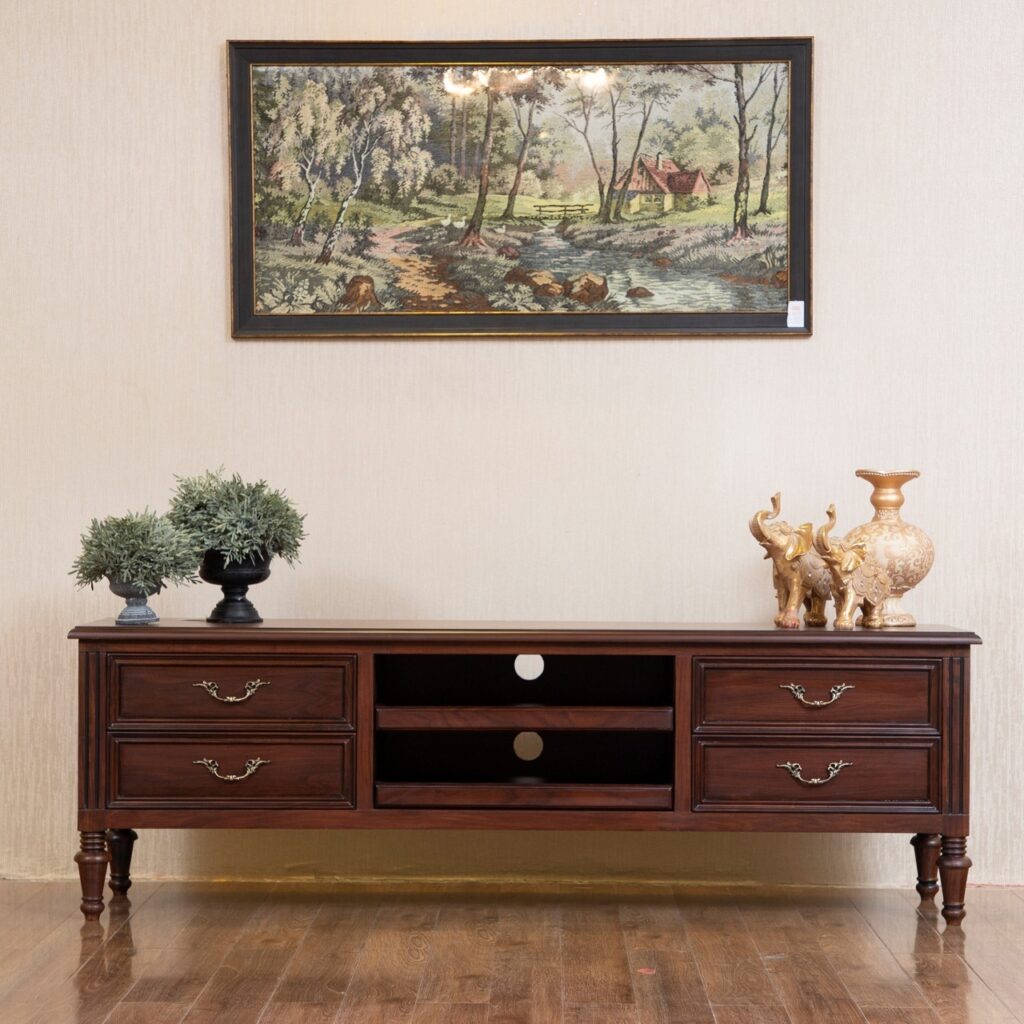How to Hide TV Wires: When you spend a lot on buying a beautiful and sophisticated TV set, but the loose leads and cords hanging down the wall give a messy look. The hanging cables destroy the full expression of the place. Fortunately, there are numerous ways to deal with this problem. Here Gourmet homes and furnishers provide you different suggestions and ways to handle this problem smartly.
Table of Contents
Ways to Hide TV Wires Easily
Hook Cables to the Back of the Furniture
The cables which are hanging can vanish fast if you transport them all to the silhouette of the adjacent furniture. While doing so, follow clear Command Cord Clips which can take in medium and large sizes besides the back ends of your table. For instance a lot of the cords of renter-friendly solutions from 3M, you may require to bear down the fasteners in place for 30 seconds, and then after 60 minutes, you can nail in one or more cables and then try to hang them carefully down the legs of your console. It gives an additional advantage that these hooks also assist in hiding charging cables and cords at your desk.
Fix wires over a TV stand
Make yourself a little craftier and try to hide a mass of cables beneath a stand-mounted TV by combining fitted cable load into the scheme of your TV stand. This design can keep cords into a gash that derelict the interior leg at the back of the unit. Reclaimed wood is another way to re-form the stand from scratch.
Conceal in Plain Sight

Hanging cables, from your wall-mounted TV, can distract you from what you are watching. So hide them with the covers available in the market with plastic tracks, alike, these support straight to the wall on top of wires.
Take the dimension of the wall from the base of the screen to the floor to install and successfully hide TV wires. Through this, you can get the extent of cable cover that you need and then you can cut the rest to make it fit.
Use TV Wires At The Back of The Wall
Another right way to keep the cables of a wall-mounted TV out of the vision includes covering them back of the wall by employing buried cable plates. Take the TV out of the wall or take it to the other side, if your TV has an adjustable arm and now use a stud finder to discover two stud-free units of the wall: the one section is at the back where the screen would assemble, and the other is beneath the wall near a passage. These are the places where you can take your cuts employing a useful knife, apt two cord plates, and place the TV cables inside and out of the wall. Through this, you can astonish your guests that you have installed a new media setup with a wireless entertainment system.
Convert Them Into a Drawer
Experiment with some new artistic alterations to a desk drawer. It can overcome the blot of a chunky power strip spread on the floor and flooding with the cables via a small hole fastened to your power drill. Make a hole with a machine into the back section of the desk drawer situated adjacent to a wall opening. Now, put the power strip cord via the hole and employ a two-sided binder to support the back of the power strip on a similar drawer panel. Now, when you attach the electronics into the power strip then try to make a place for each gadget to put in when it charges in the drawer. You can order this type of desk or LED Unit into Gourmet homes and furnishers, for instance, Chawky LED Unit and Renaissance LED Unit.
Fold Cable turmoil Into The Tubing

If you are not managing the mélange of cables of your PCs, monitors, phones, or other digital devices, then there is another solution to this problem. A cord covering gives an excellent way to combine all the unfastened cables that draggle from your desk. Just pack them tightly in your hands, and wrap the two-foot-long shards of elastic foam tubing around the wires to enclose them in one bigger one and diminish trouble. The stealthy shape will provide you ease, and you can escape and reorganize wires from the cluster anyplace beside the bounce; thus, they can get exactly where they are required to go.
Twist Them Via Baseboard Fixtures
Abolish the electricity shortage risk of an Ethernet cord running the length of your home office, living room, or bedroom by gilding prevailing baseboards in the room with baseboard cable networks. The self-clinging, impact-impervious cable stations are a bit more hollowed-out units of plastic sector cornice. To pedestal the conduits to your baseboards, take back the sticky backing of a cord, thumb down the back of the conduit counter to a baseboard, and then put an Ethernet cord—or some other cable, for that reason—via the passage in the outlet to instantaneously cover and shield the lines from destruction. Stainable and paintable, the baseboard cable outlets can gear to tie any interior design appealing.
Reserve Wires And Routers In a “Book.”
The combo of your router and modem or both can perform out of place virtually anywhere you fix them, however particularly on your shelves. Keep in mind bookending your home library with a DIY router cover. Take a folder that is large enough to fix your router in, now employ hot gum to protect the back, front, and spine of the binder with colorful scrap fabric or it is better to use the original jacket of an old book. Put the router vertically into the binder, now sandwich the binder upright amid few books on the end of the table, desk, or shelf thus the router cords subtly dilapidated the span of the wall back of the furniture.

